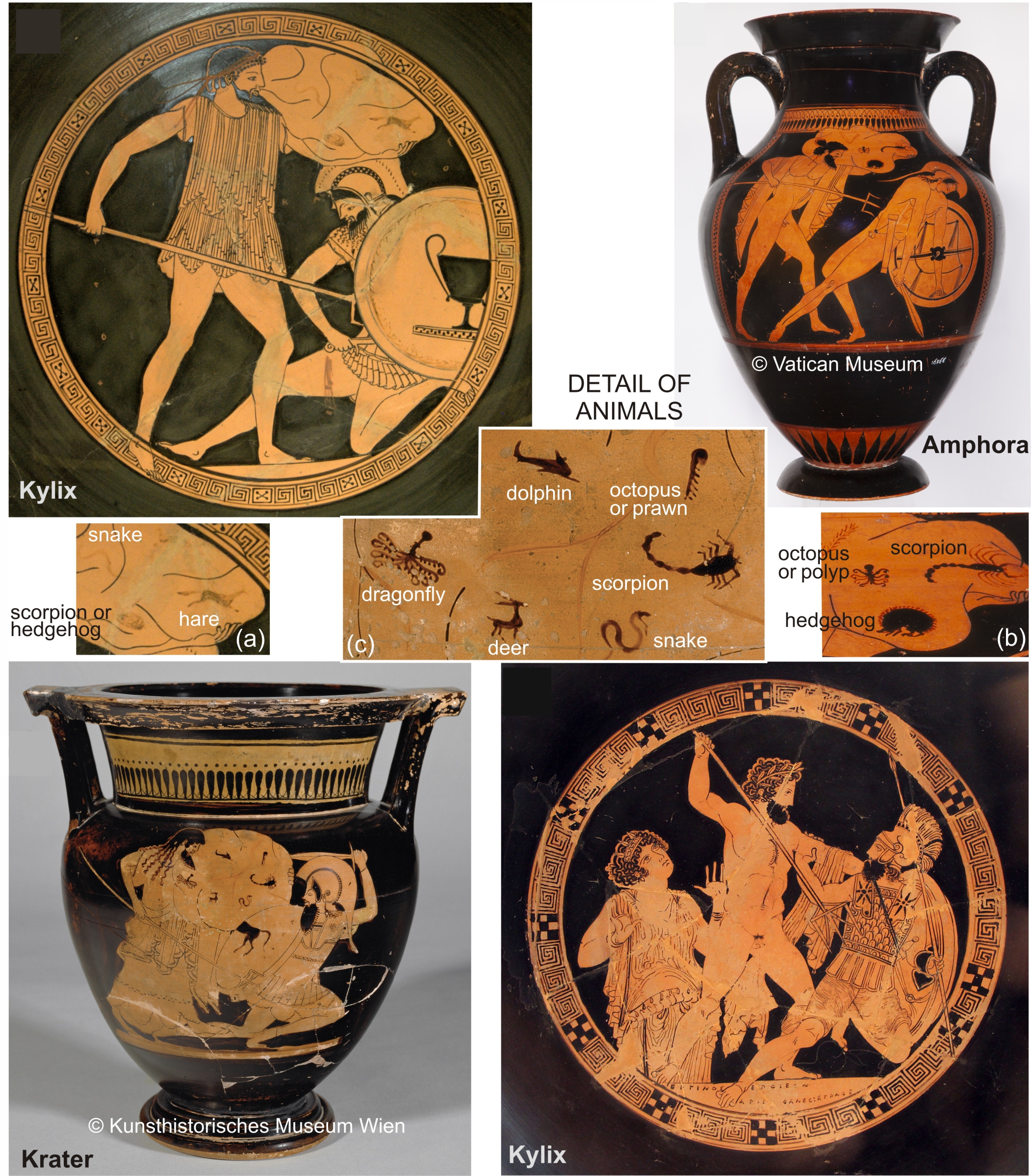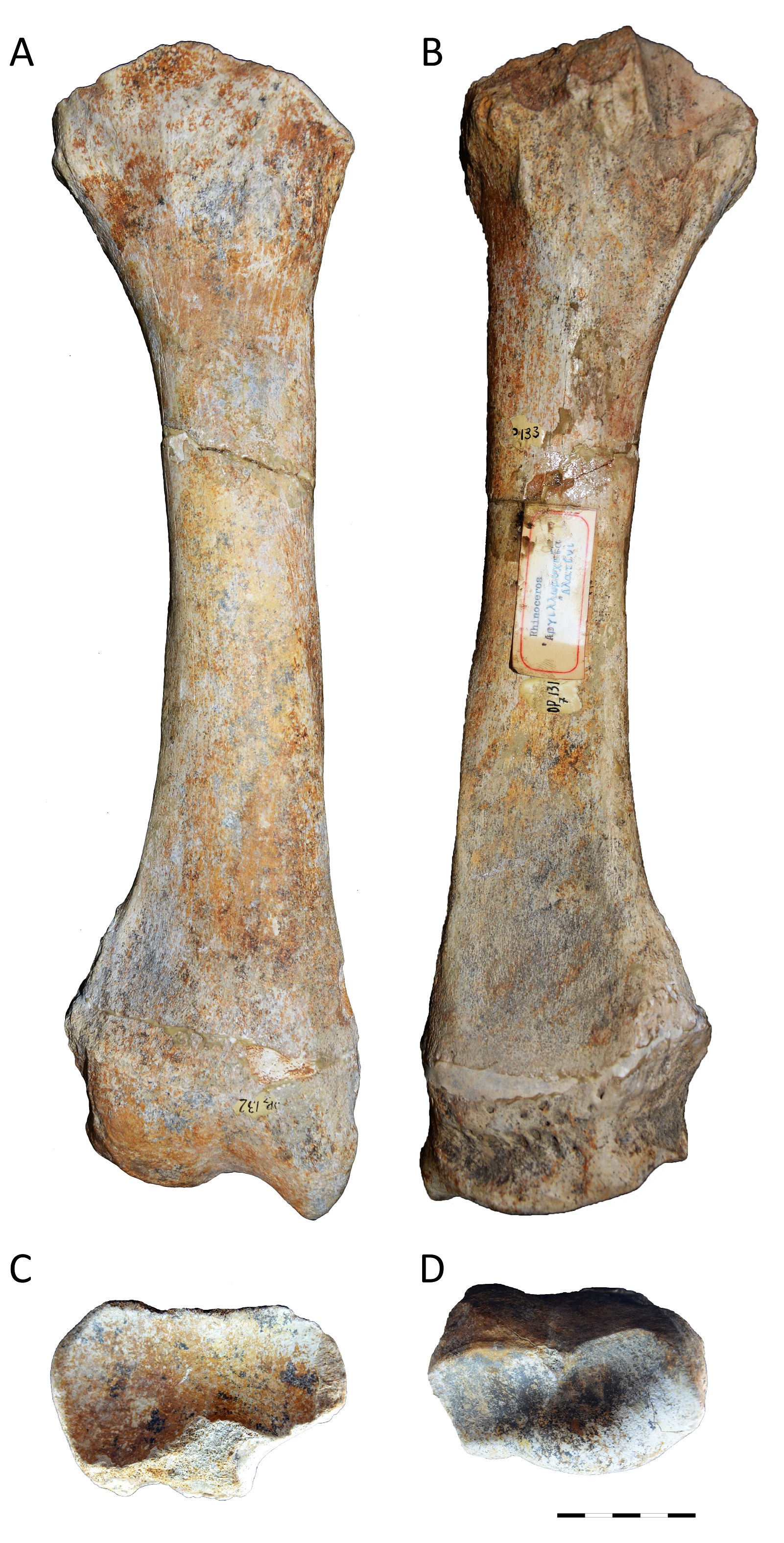Introducing a geospatial database and GIS techniques as a decision-making tool for multicriteria decision analysis methods in landslides susceptibility assessment

Résumé
Every year landslides cause many fatalities and destroy numerous infrastructures around the world. Due to their catastrophic results, scientific research studies are conducted, on a continuous basis, trying to determine the controlling and triggering factors, and to evaluate their contribution-weight to that phenomenon. In this direction, many of these studies use multicriteria decision analysis methods as they are quite effective and can be applied rather quickly. However, a large percentage of the new studies that use these methods, is usually devoted to the analysis of many previous research studies and the validation of their results, which usually leads to serious delays and requires significant resources. In this research, 82 relevant past studies are evaluated, and their results are integrated into a worldwide geospatial database, to present its potential as a decision-making tool, during the landslide susceptibility assessment. As it is revealed the results of its statistical and spatial correlation with the examined region’s prevailing parameters in a geographical information system environment, can provide critical indications- suggestions to a researcher and along with the applicability of the multicriteria decision analysis methods, that contain the use of other experts’ knowledge and experience, to lead to the rapid identification of the most critical landslide causal factors and the initial evaluation of their contribution-weight. These indications accelerate significant the whole process and reduce the risk for possible biased conclusions, which can render the whole method ineffective. Moreover, this study highlights the geodatabase’s potential to incorporate open-access data, from external spatial databases and to use them, during the process of the landslide susceptibility assessment.
Article Details
- Comment citer
-
Nefros, C., & Loupasakis, C. (2022). Introducing a geospatial database and GIS techniques as a decision-making tool for multicriteria decision analysis methods in landslides susceptibility assessment. Bulletin of the Geological Society of Greece, 59(1), 68–103. https://doi.org/10.12681/bgsg.29038
- Numéro
- Vol. 59 No 1 (2022)
- Rubrique
- GIS-Geoinformatics

Ce travail est disponible sous licence Creative Commons Attribution - Pas d’Utilisation Commerciale 4.0 International.
Authors who publish with this journal agree to the following terms:
Authors retain copyright and grant the journal right of first publication with the work simultaneously licensed under a Creative Commons Attribution Non-Commercial License that allows others to share the work with an acknowledgement of the work's authorship and initial publication in this journal.
Authors are able to enter into separate, additional contractual arrangements for the non-exclusive distribution of the journal's published version of the work (e.g. post it to an institutional repository or publish it in a book), with an acknowledgement of its initial publication in this journal. Authors are permitted and encouraged to post their work online (preferably in institutional repositories or on their website) prior to and during the submission process, as it can lead to productive exchanges, as well as earlier and greater citation of published work.





